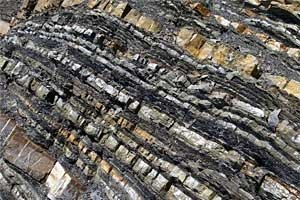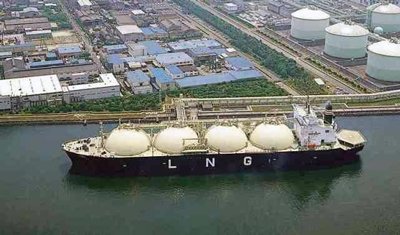Natural gas is an abundant resource across the United States, and new discoveries and extraction methods have led to a dramatic rise in shale gas development -- making America the world’s leading natural gas producer.
As part of a comprehensive all-of-the-above energy strategy, the Energy Department is committed to safe development of America’s natural gas resources. Among our efforts, we invest in innovative research projects, explore ways to develop natural gas from methane hydrates and support deployment of natural gas-powered alternative fuel vehicles, which are ideal for high-mileage, centrally fueled fleets that operate within a limited area.

Shale Gas 101

Liquefied Natural Gas (LNG)

Gas Hydrates
Learn More
-
Office of Regulation and International Engagement - Division of Natural Gas Regulation
-
Federal Energy Regulatory Commission (FERC) took action to reduce stress on Southern California’s electric grid
-
One potential source of fossil energy could exceed the energy content of all other known fossil fuels combined—and that’s natural gas hydrate.
-
A new Energy Department brochure compares the energy efficiency, greenhouse gas emissions and ranges of the three proposed natural gas passenger vehicle configurations using analysis by Argonne National Laboratory.
-
ARPA-E is exploring ways to use microorganisms to convert natural gas into liquid fuel. Learn what this means for transportation in the U.S.
-
Researchers from the Virginia Polytechnic Institute and State University (Virginia Tech) have teamed with the National Energy Technology Laboratory (NETL) on a multi-part project to investigate the feasibility of injecting captured carbon dioxide (CO2)...


